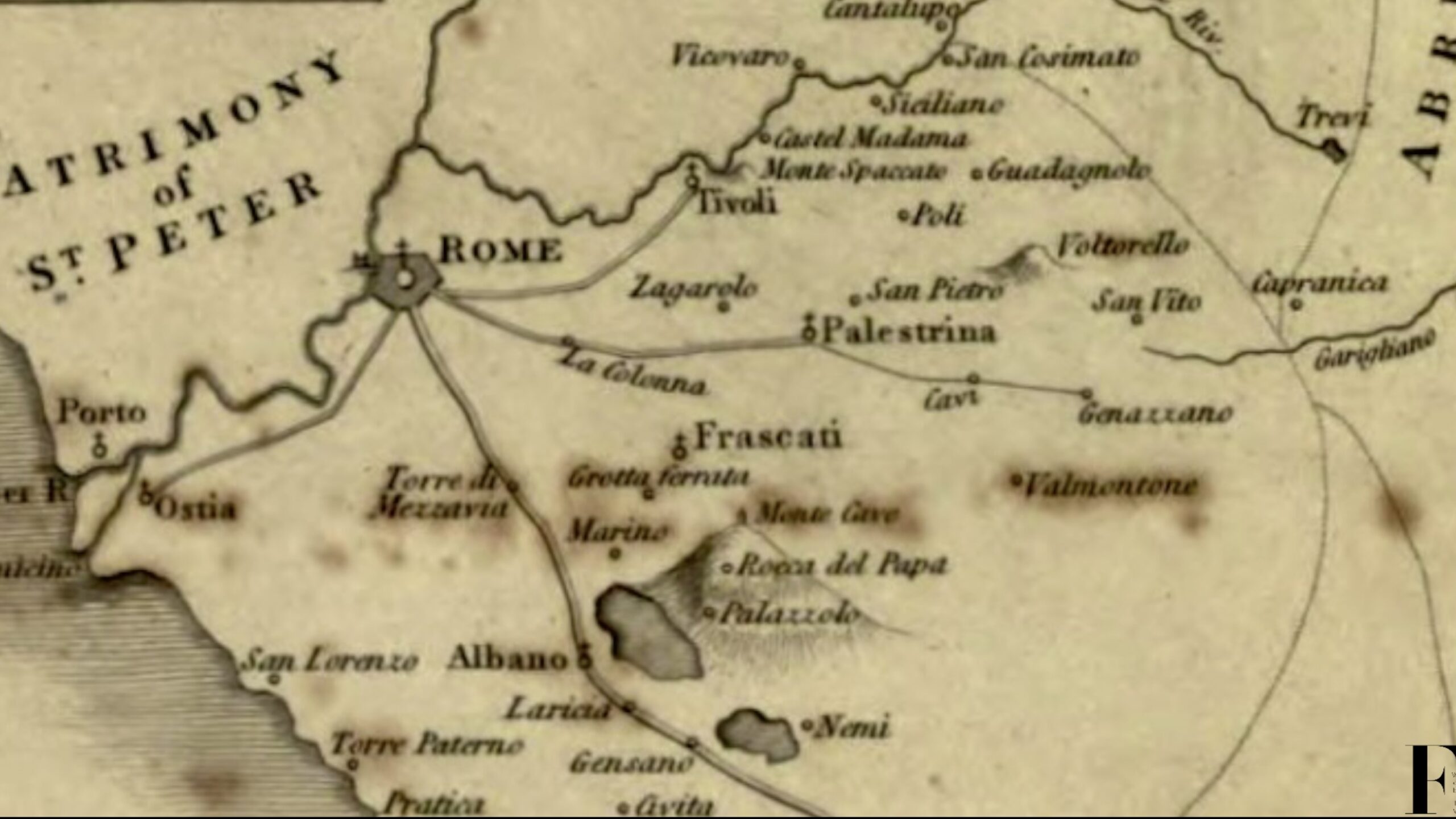
Just a few kilometers from Rome, ancient villages set in a splendid and picturesque landscape of hills, lakes, valleys and extinct volcanoes create the picturesque setting in which to admire ancient and splendid stately villas.
The importance that has been given over the centuries to this pleasant place, where myth and reality coexist in perfect harmony, dates back many centuries. The ancient remains of Tusculum, cradle of the Latin civilization, dominate this area in the south of Rome, now known as the Castelli Romani. It is the place where senators, wealthy men and emperors built their grand residences during the imperial era, devoting themselves to the “ozium” (leisure).
Between the 16th and 17th centuries, the charm of the place remained unaltered and on the ancient remains of Roman villas, luxurious residences, known today as the Ville Tuscolane, adorned the Tusculum hill: Villa Aldobrandini, Villa Falconieri, Villa Lancellotti, Villa Sora, Villa Torlonia and Villa Tuscolana in Frascati; Villa Grazioli and Villa Muti in Grottaferrata; Villa Mondragone and Villa Parisi in Monte Porzio Catone.
The extraordinary charm of this unique complex, both from an environmental and architectural point of view, with its evocative atmosphere and rich memory, is attested by the many illustrious figures who stayed there over the centuries.
Between the Eighteenth and Nineteenth centuries, during the Grand Tour period, the long and open ended journey across continental Europe had Italy as its preferred destination, and saw the wealthy scions of the European aristocracy setting out to perfect their knowledge. Among these travelers were great figures such as Goethe, Turner, Chateaubriand, Montaigne and Stendhal. The artistic production of this multitude of travelers was evidenced by their need to immortalize in drawings, paintings, watercolors, sonnets, narratives and so on, the unique sensations they felt when walking through ancient, unique, and evocative places. One of their favorite destinations was the Renaissance villas and gardens of the Tusculum, where the memories and splendors of Ancient Rome echoed and still echo today.
In his ‘Italian Journey’, Wolfgang Goethe wrote: “The region is delightful;… at every step splendid subjects are offered to the draughtsman. The panorama is endless: you can see Rome in the distance, and the sea beyond; on the right the mountains of Tivoli, and so on.
In this delightful land, the villas are truly houses of pleasure, and just as the ancient Romans had their villas here, so a hundred and more years ago some wealthy no less than festive Romans also planted their country houses in the best locations. We have already been wandering here and there for two days, and we always find something new and captivating.”
Ellis Cornelia Knigth echoed these feelings in her volume “Descrizione del Lazio ovvero La Campagna di Roma”: “… Come to this sweet and restful quiet of the Castelli Romani …”

